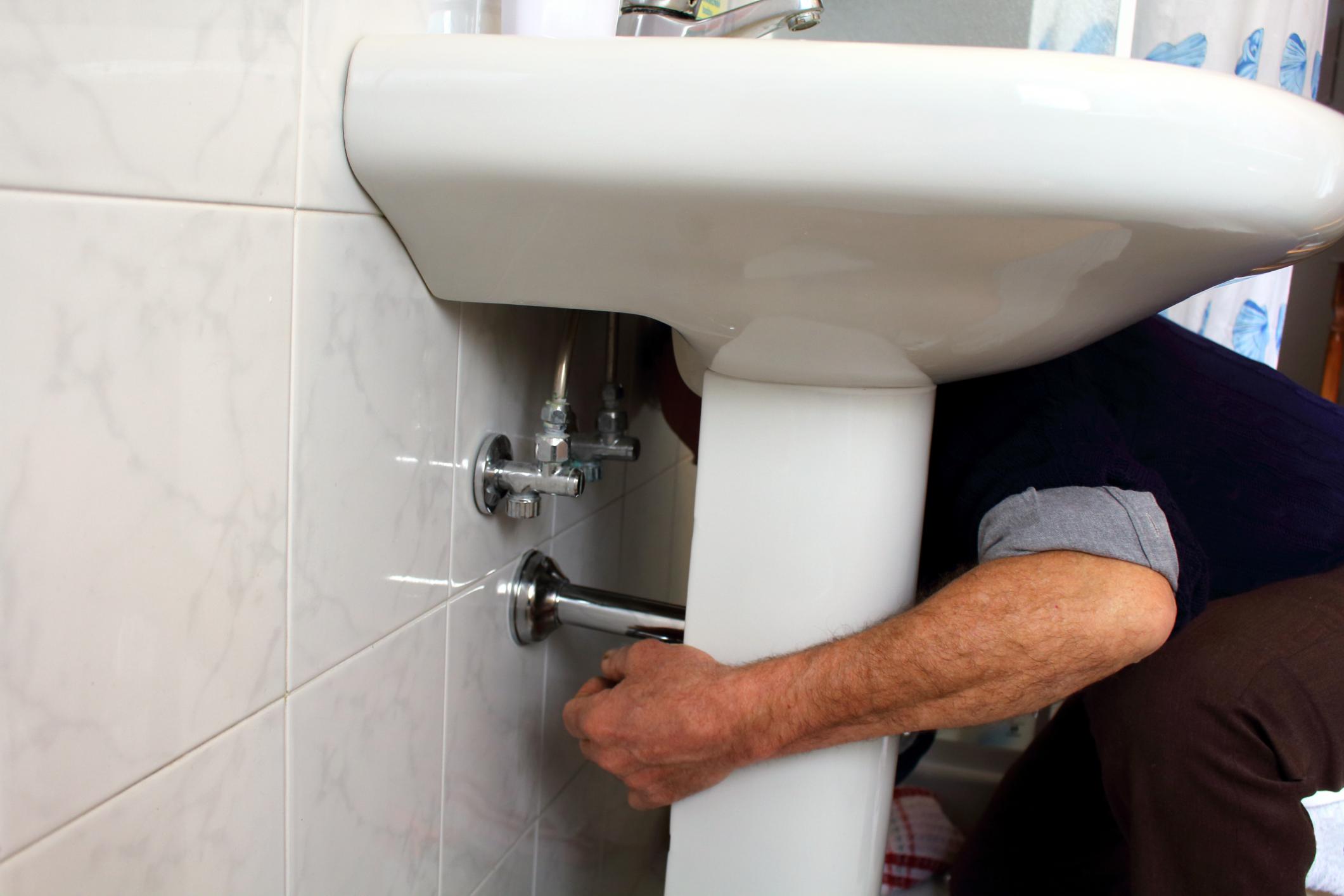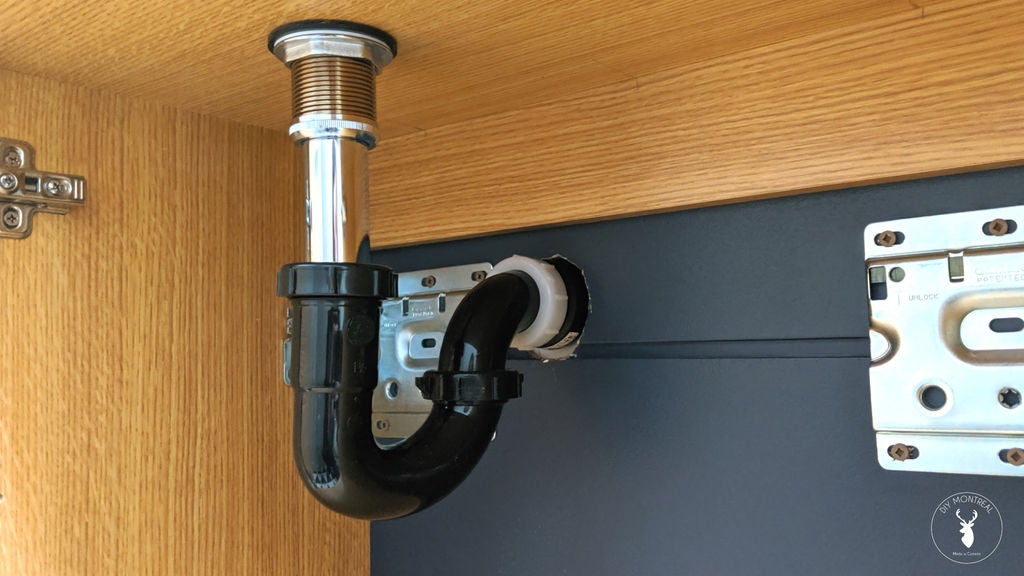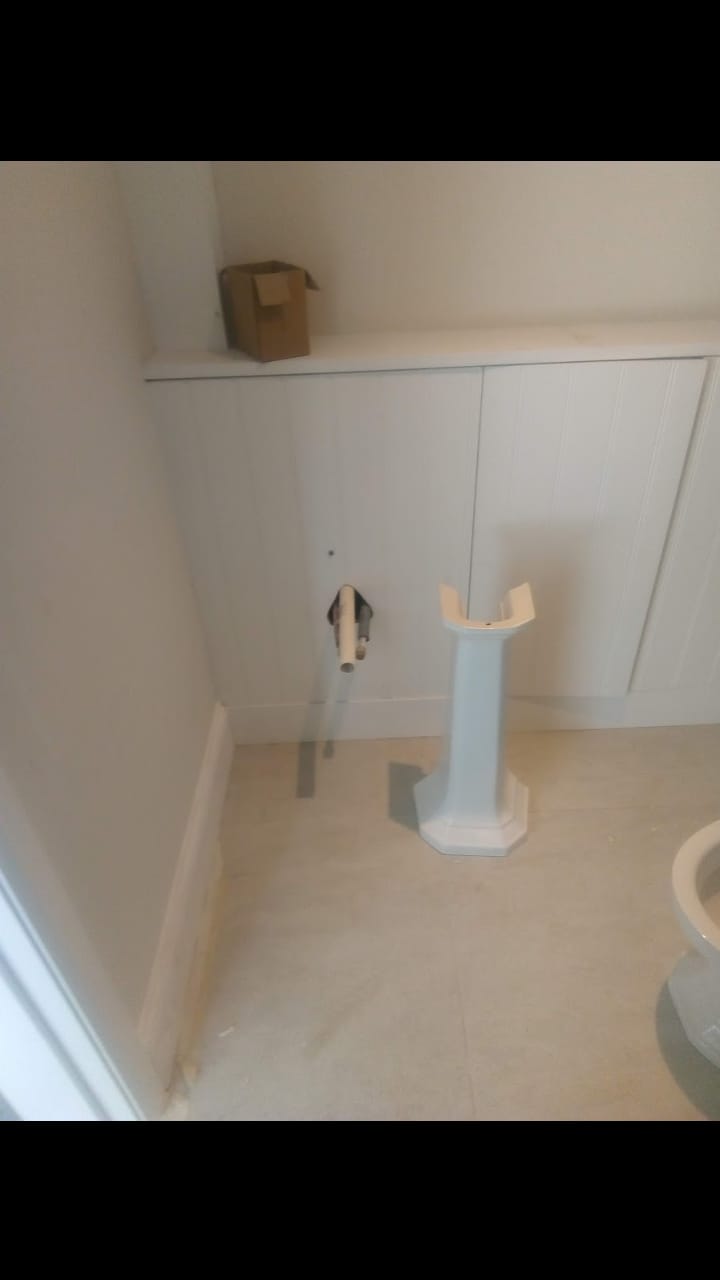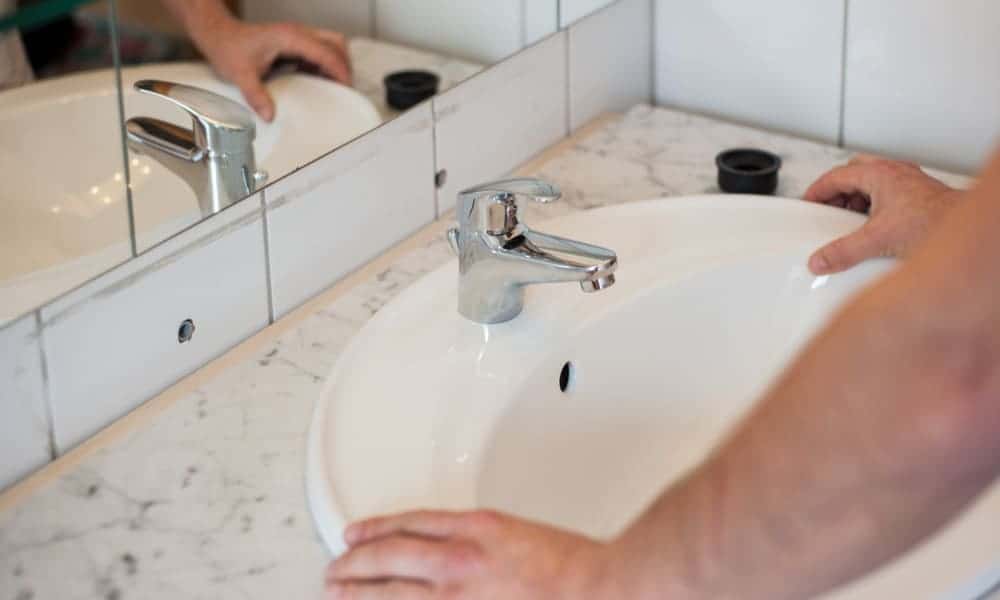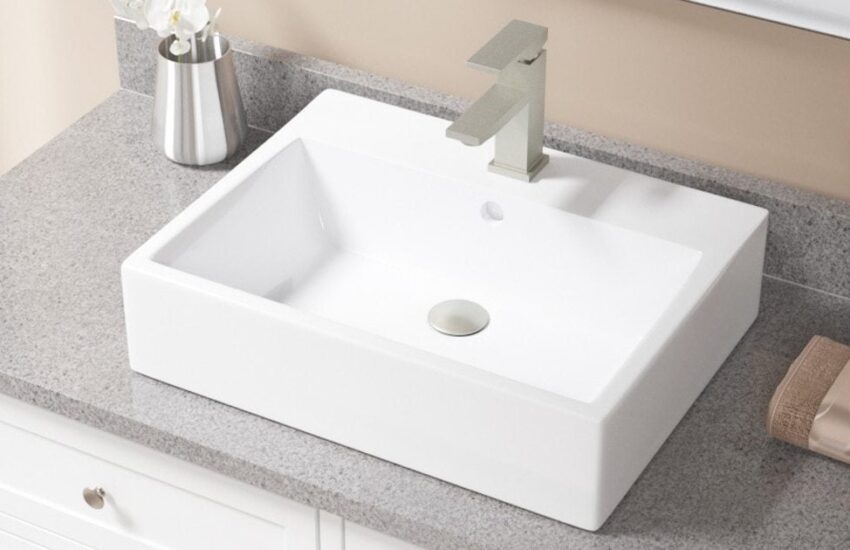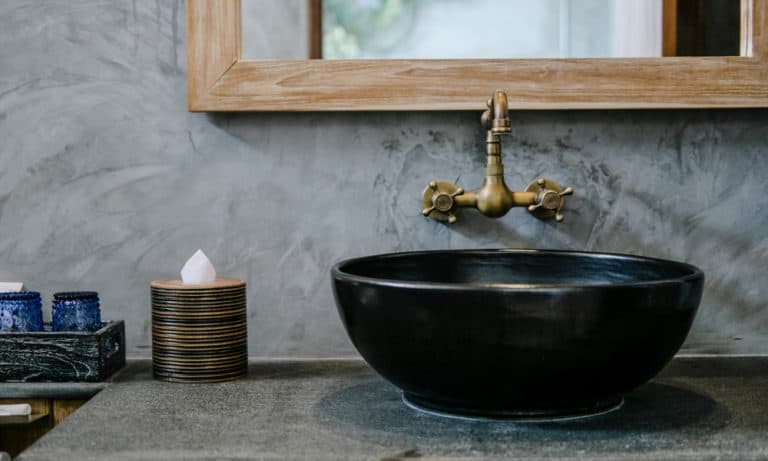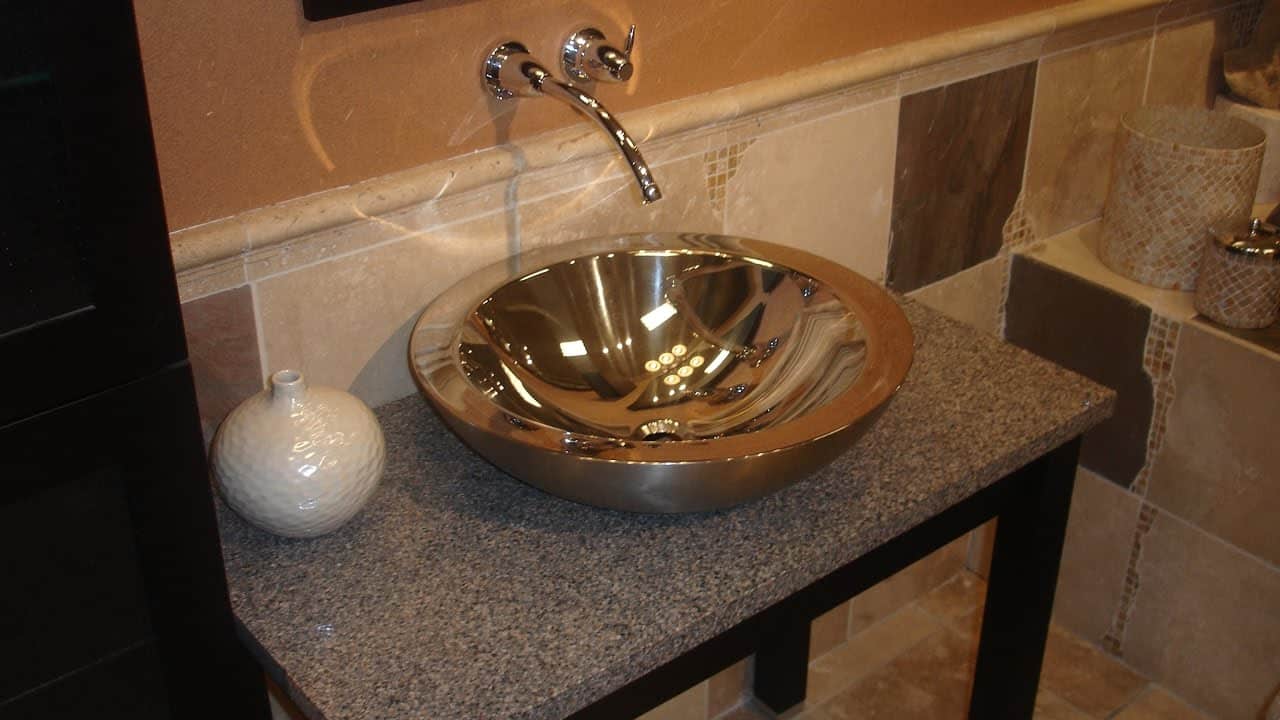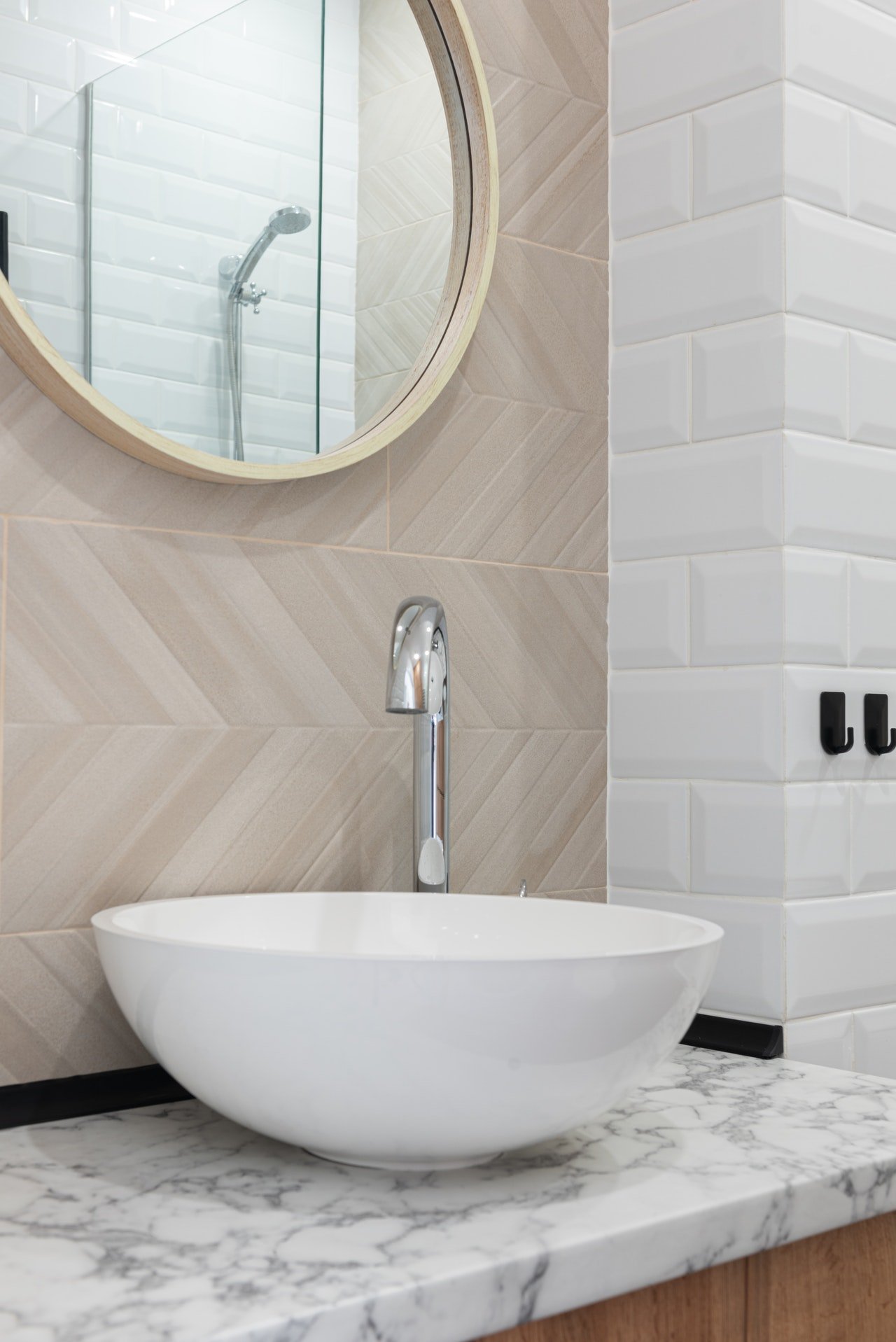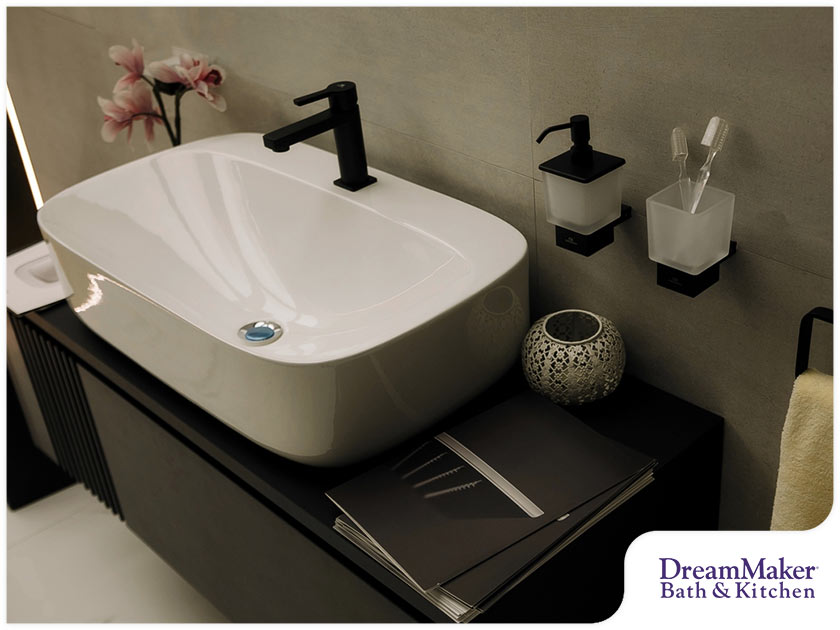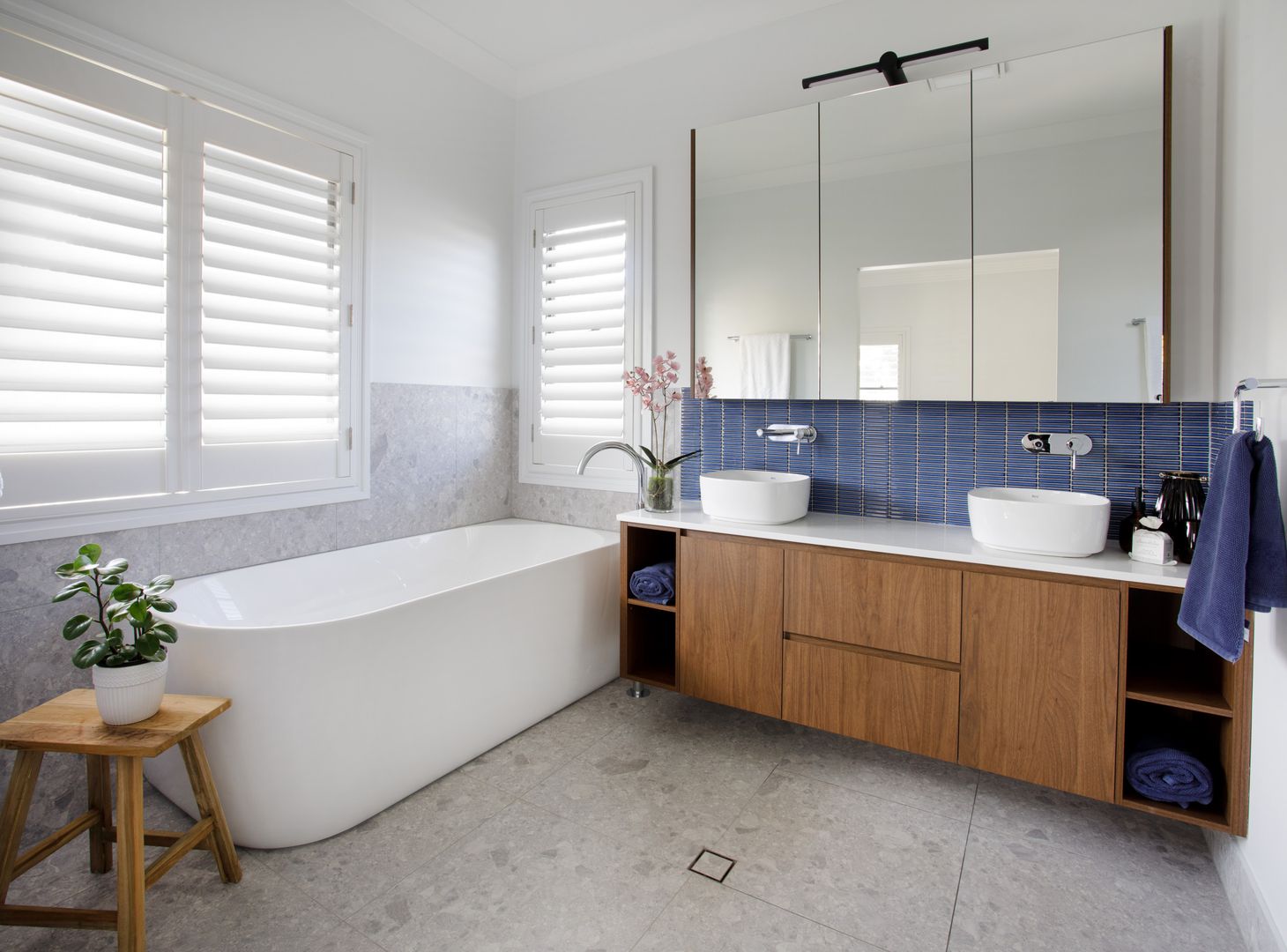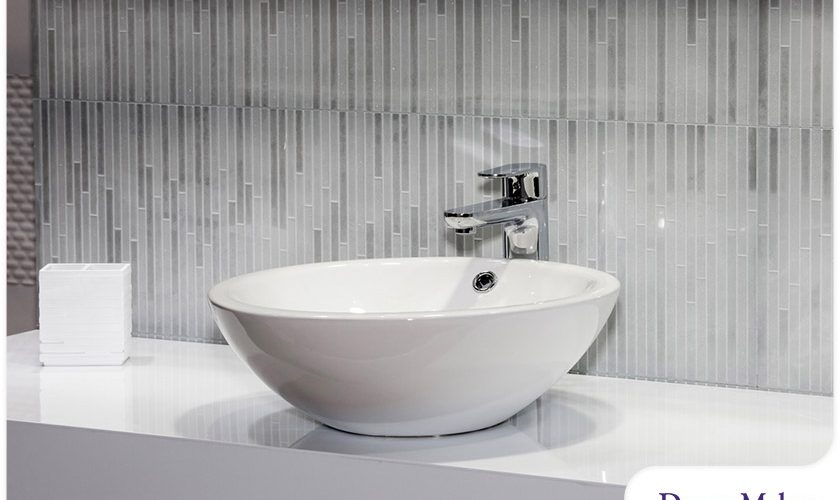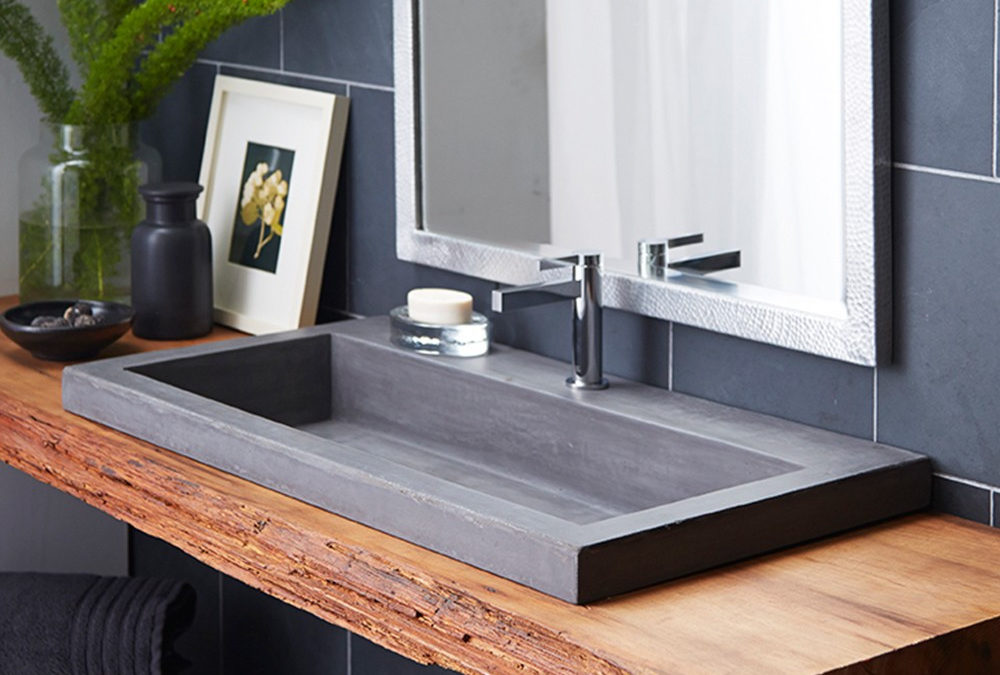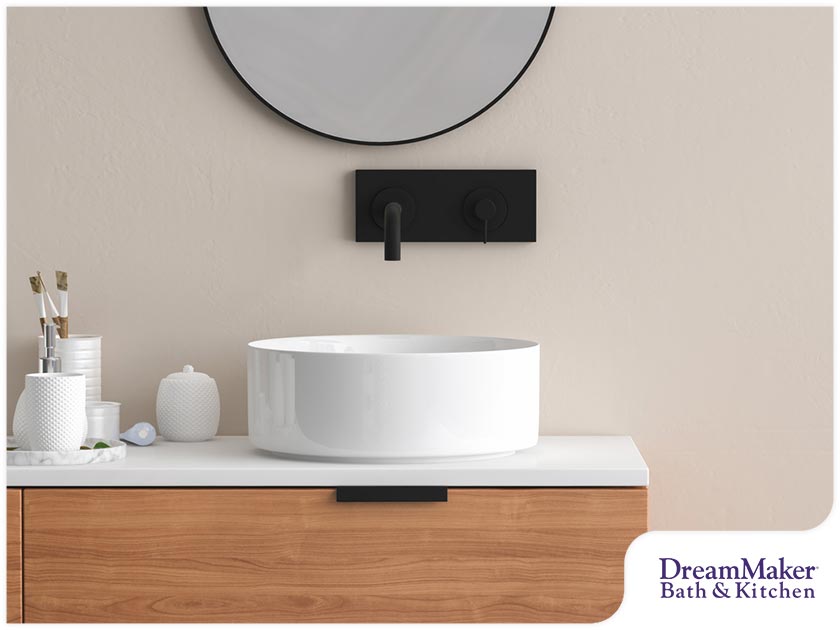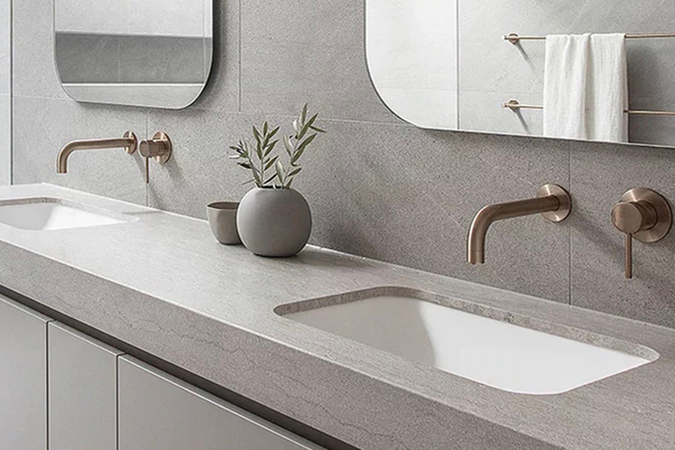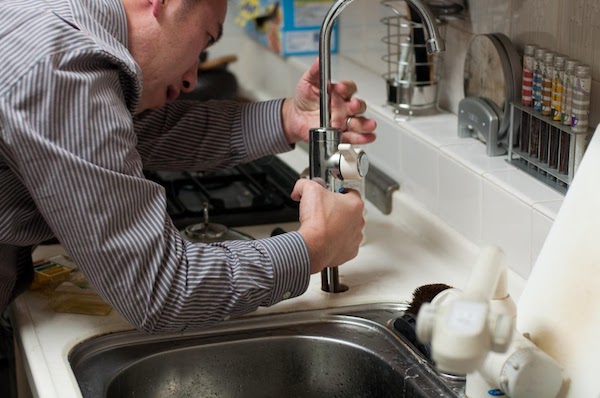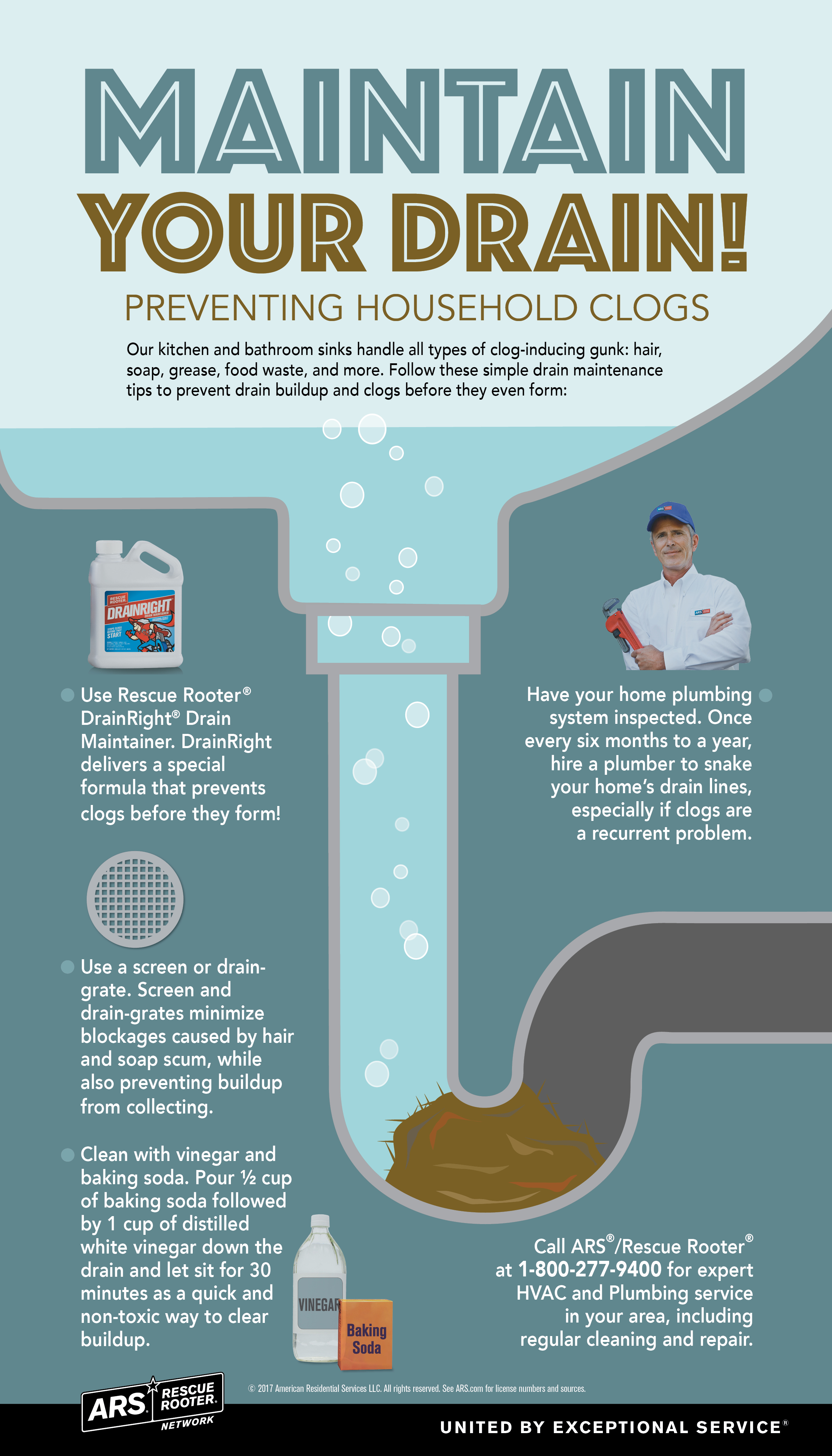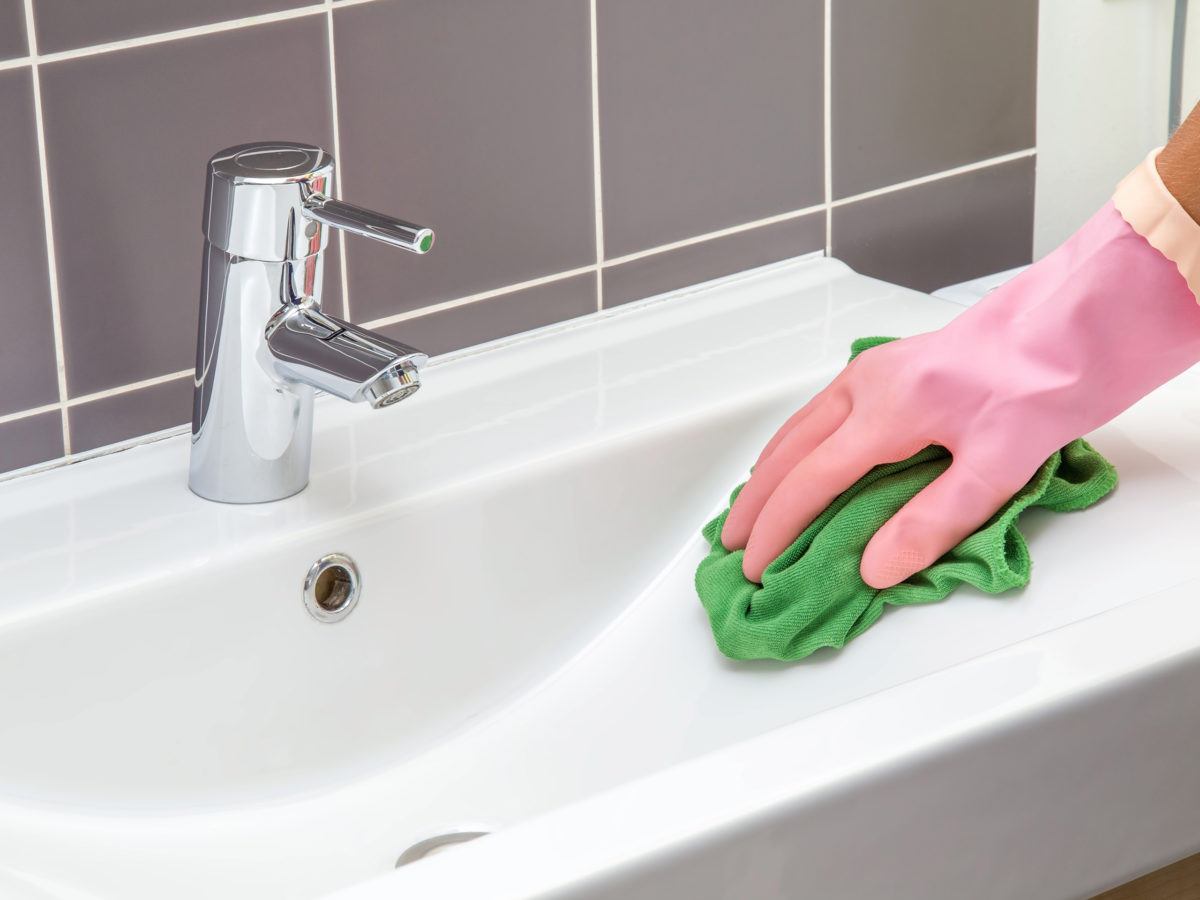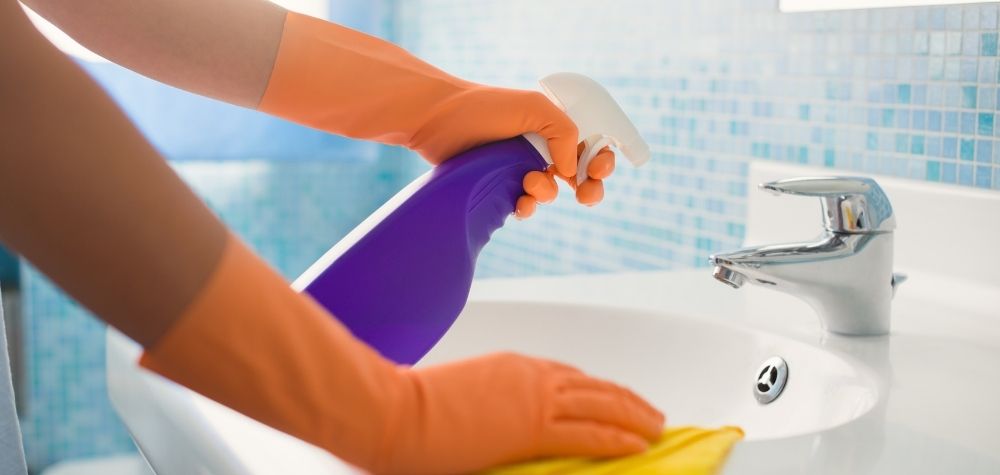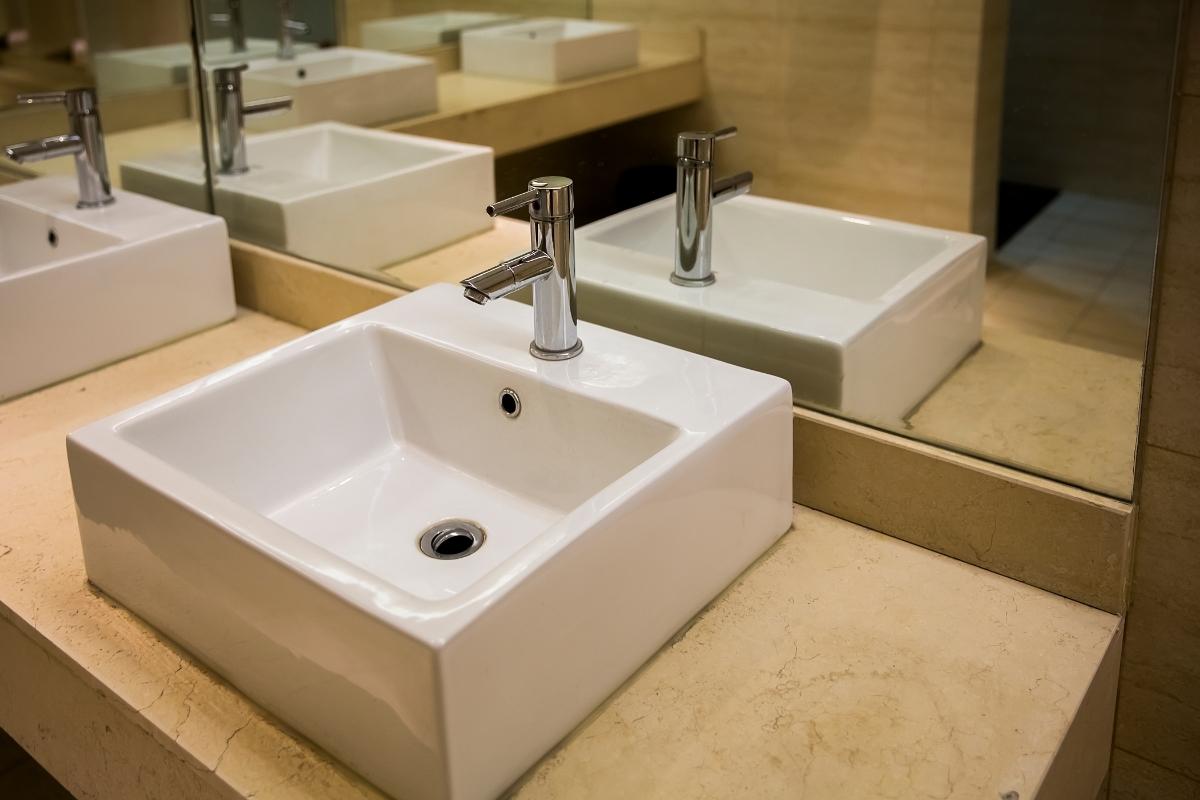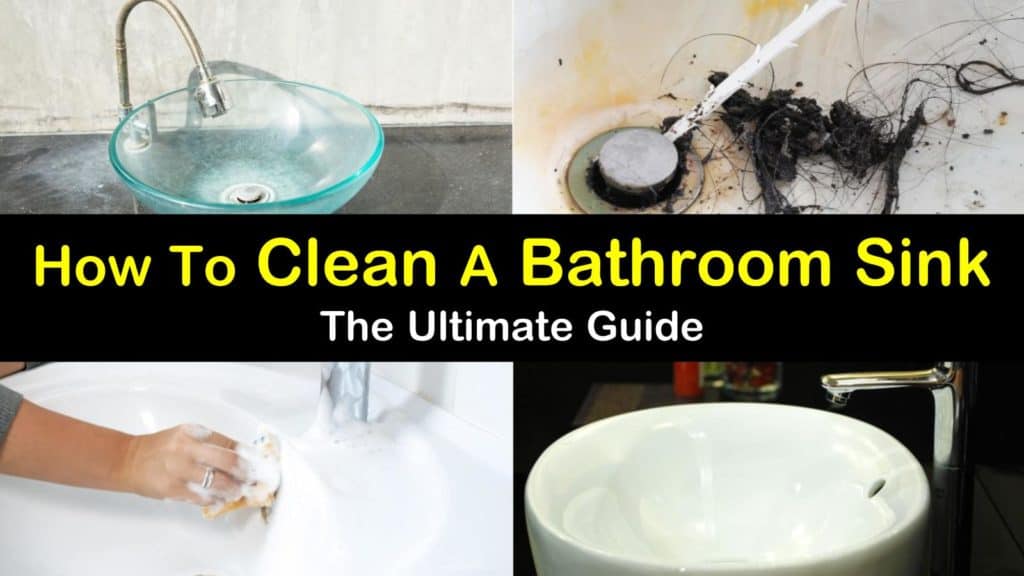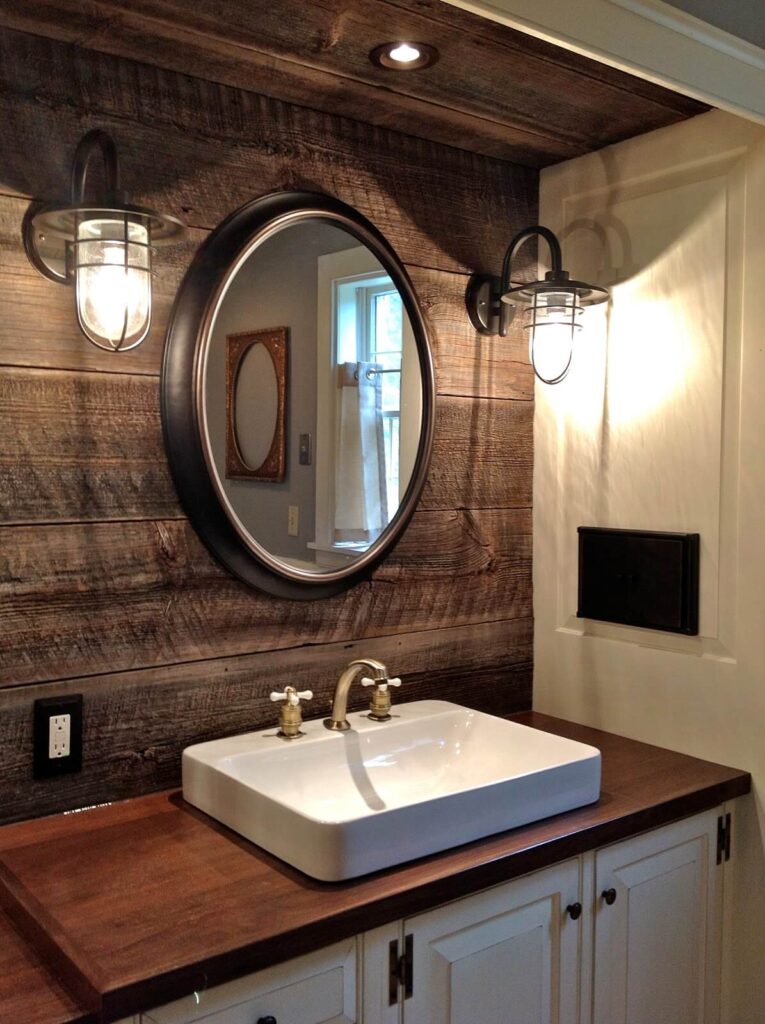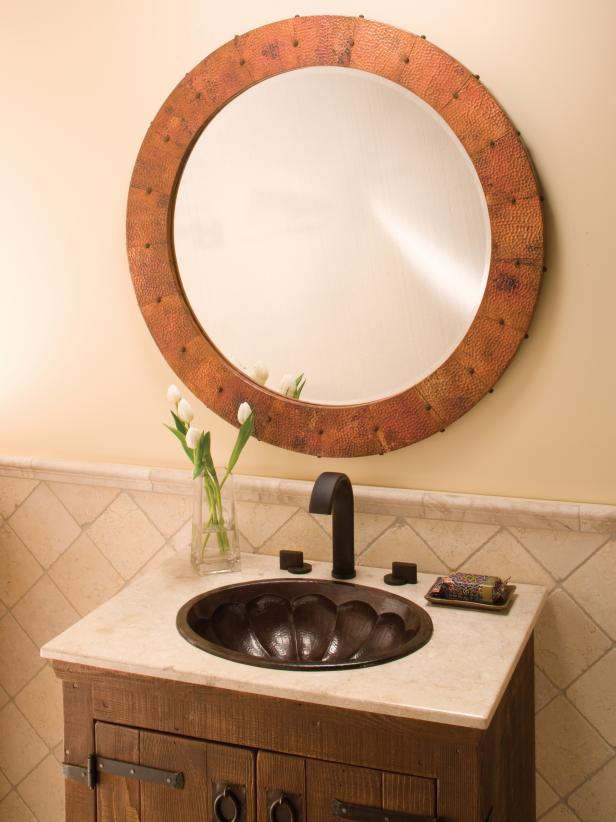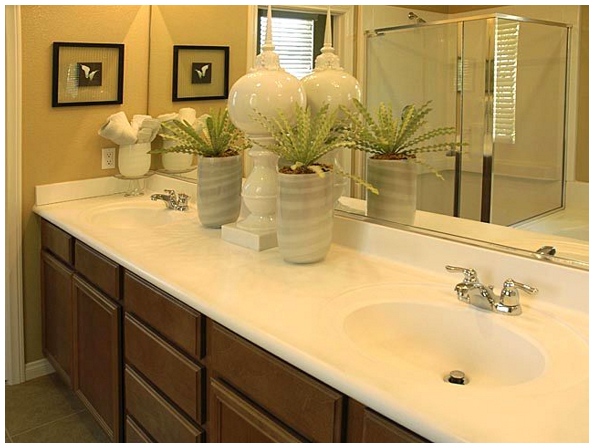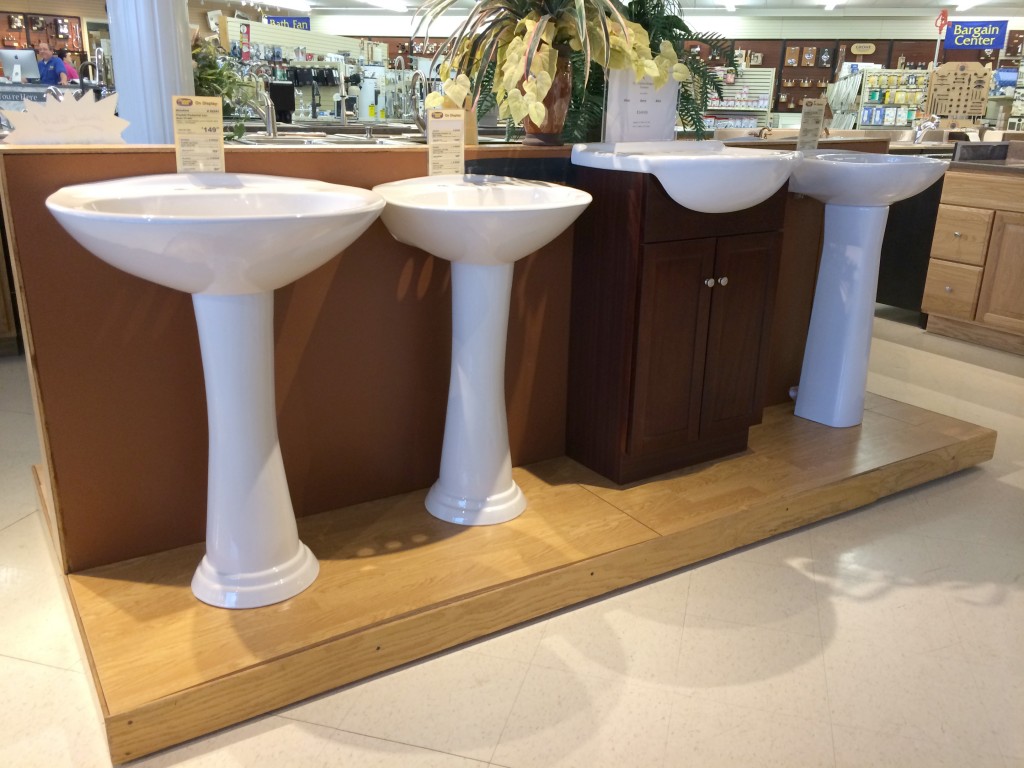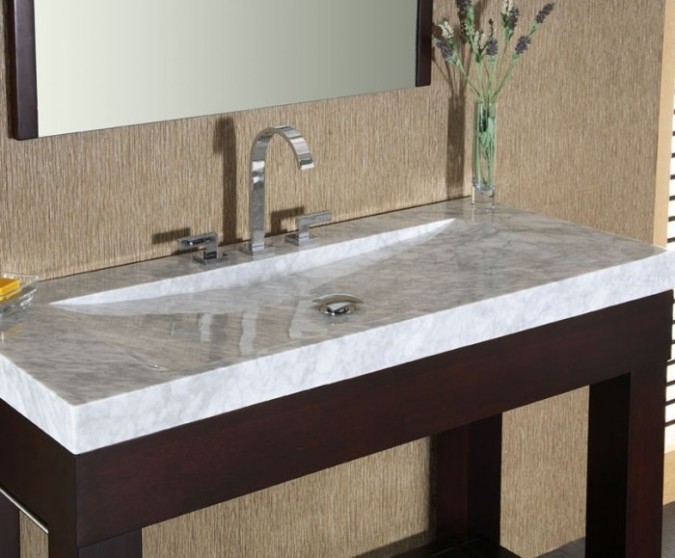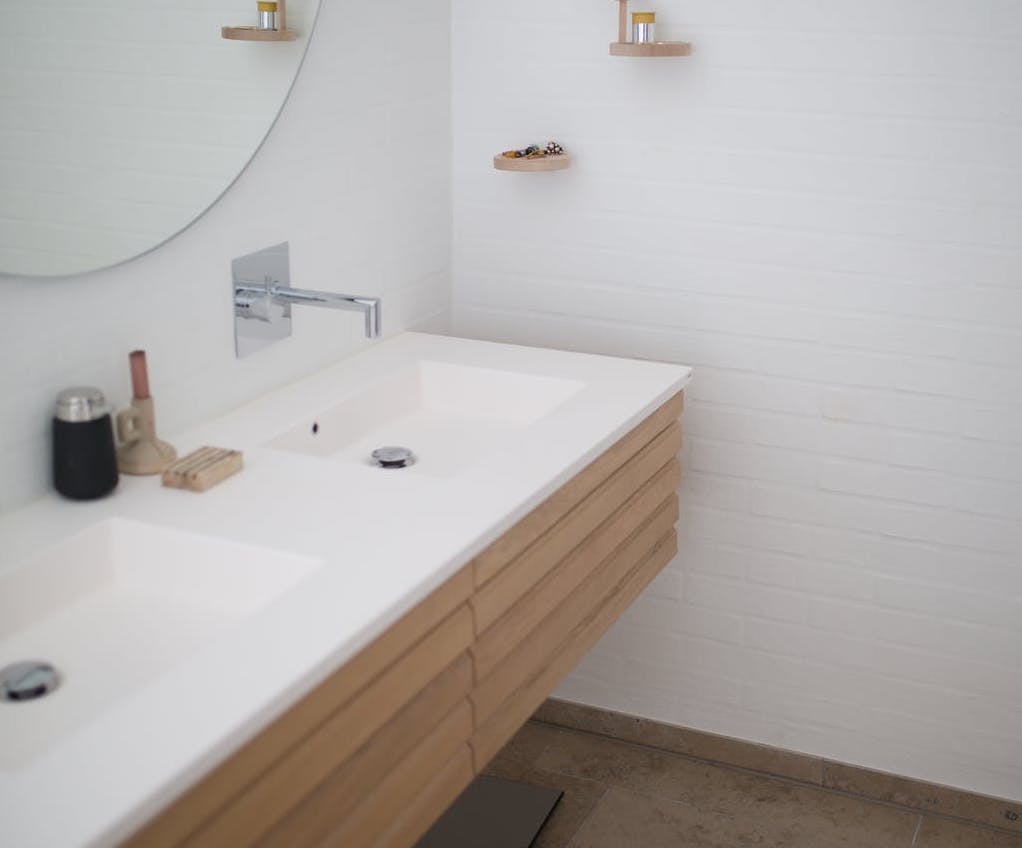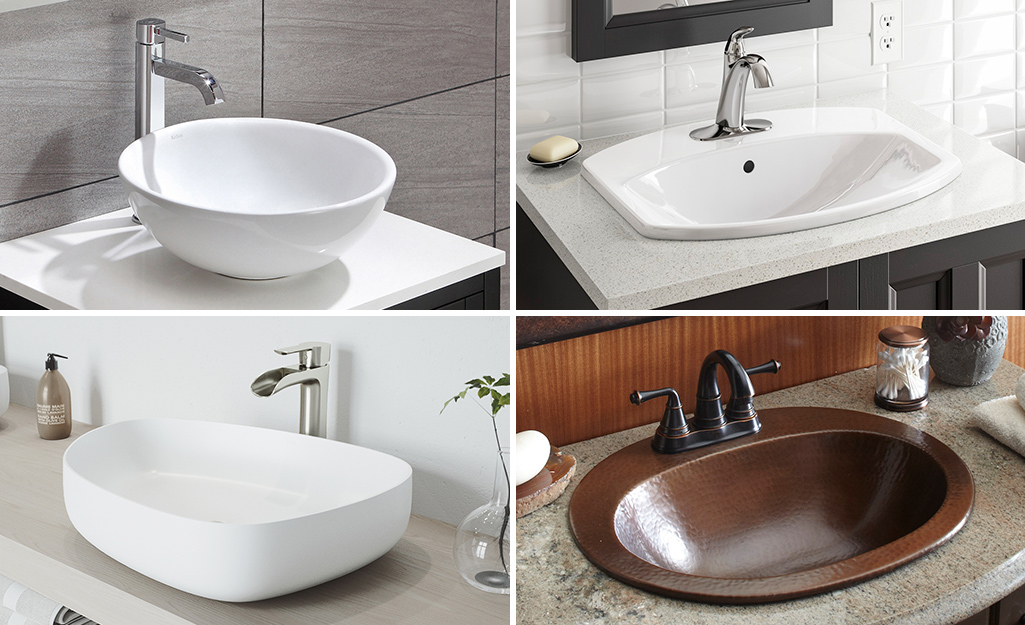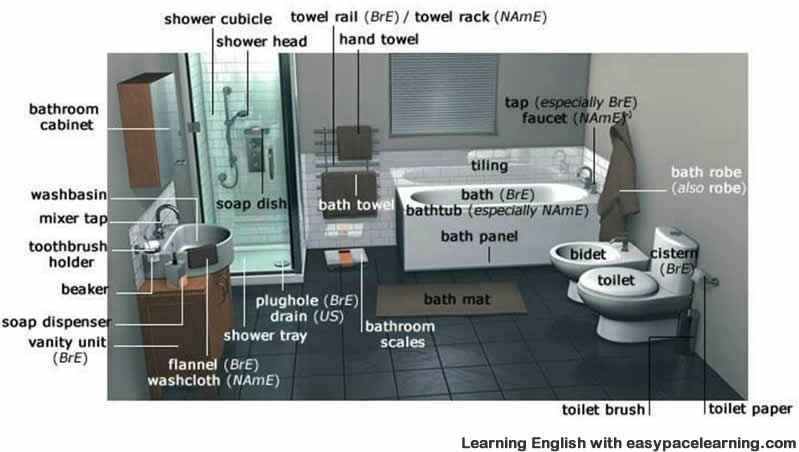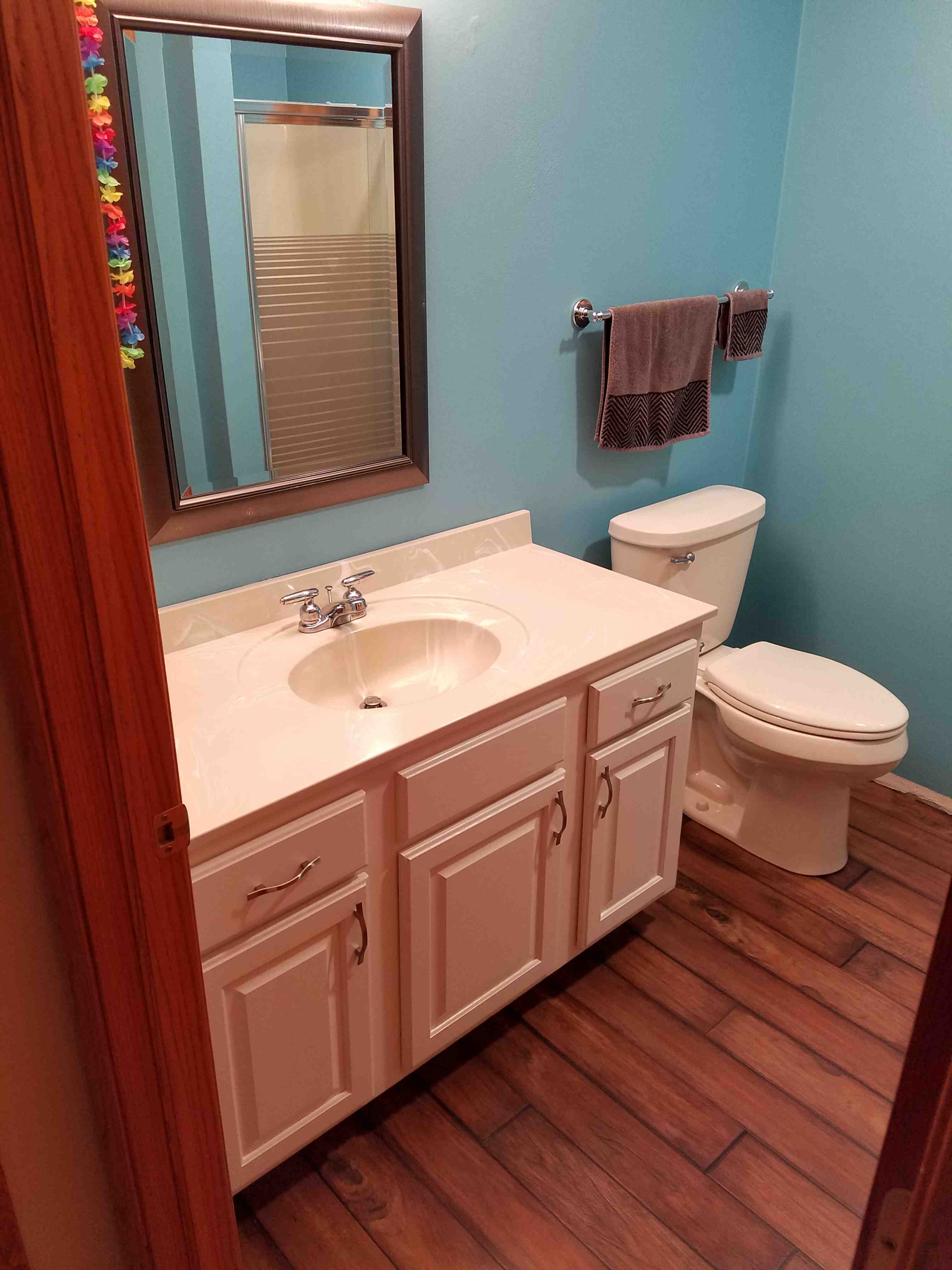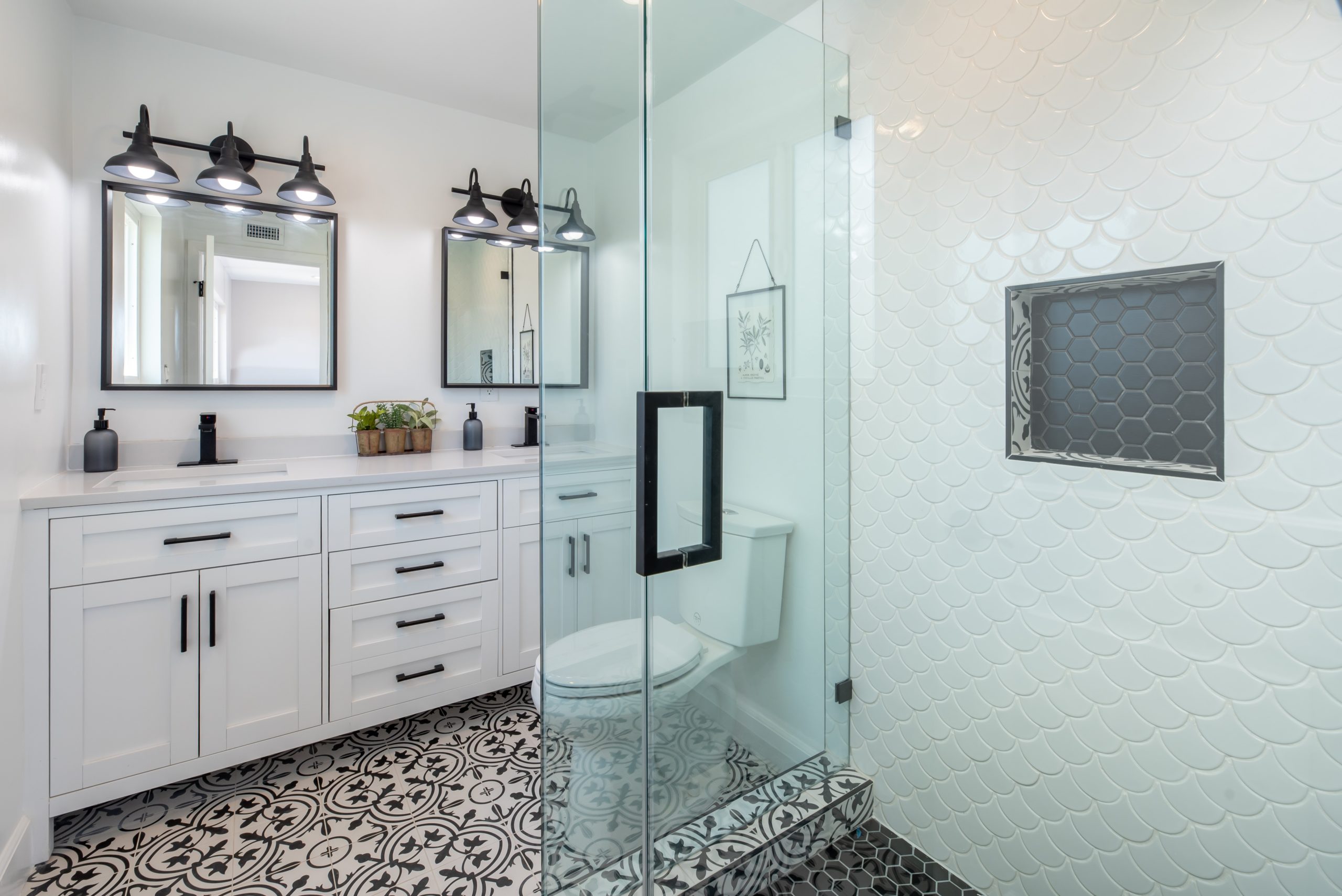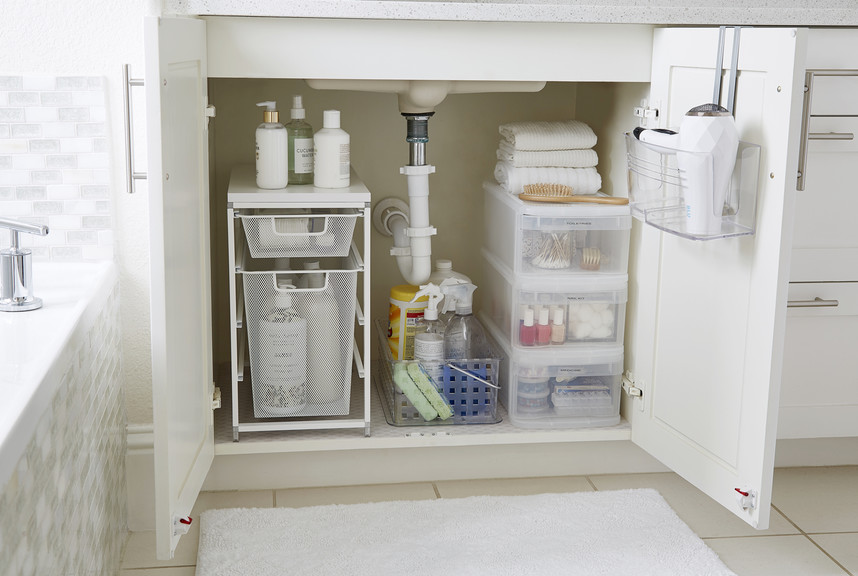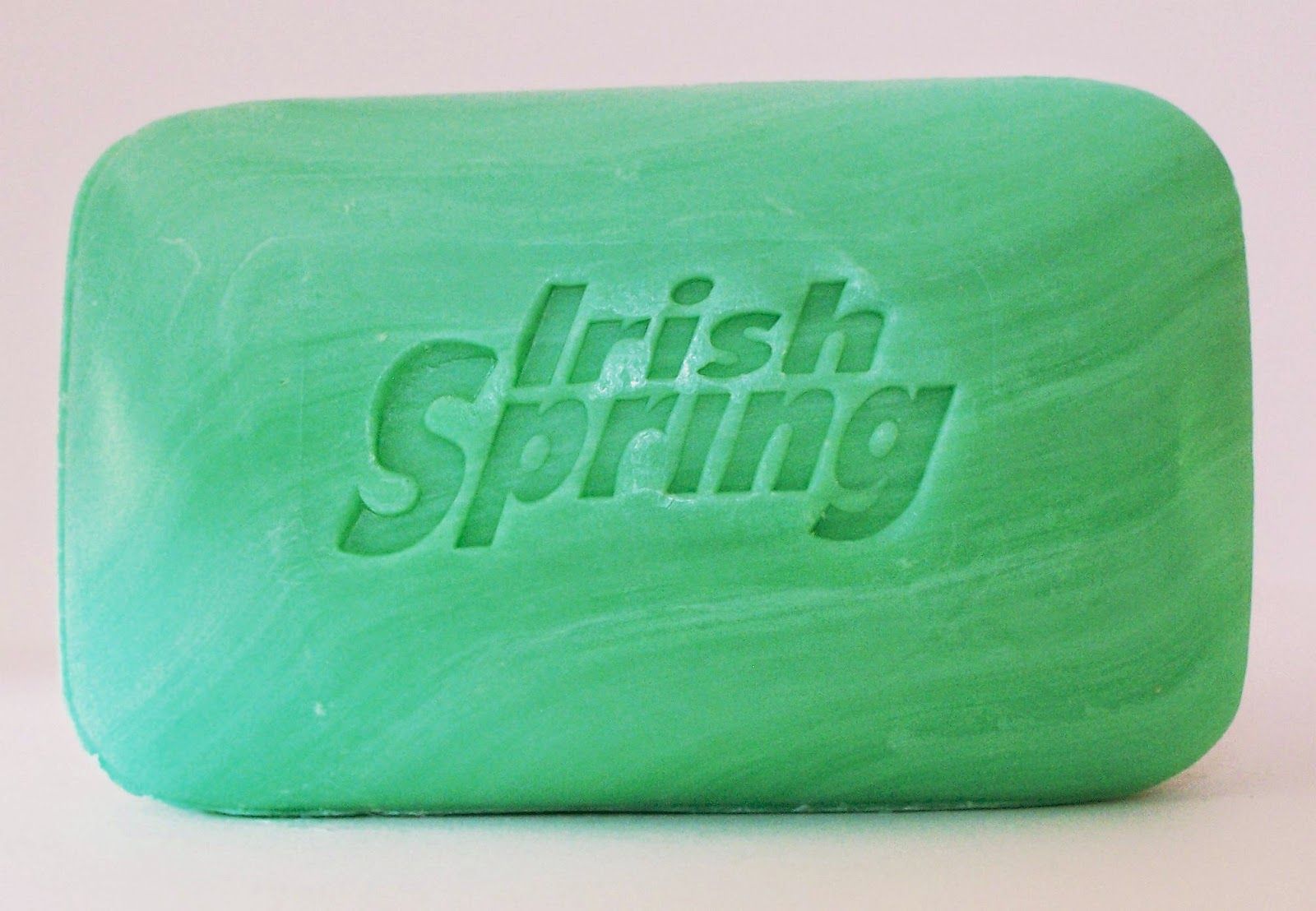Installing a new bathroom sink may seem like a daunting task, but with the right tools and knowledge, it can be a simple and satisfying DIY project. In this lesson, we will guide you through the step-by-step process of installing a bathroom sink in your home. From choosing the right sink to completing the final installation, we've got you covered. Let's get started! Lesson 1: How to Install a Bathroom Sink
Before you begin the installation process, it's important to gather all the necessary tools and materials. You will need a wrench, screwdriver, plumber's putty, silicone caulk, and of course, the sink itself. Make sure to turn off the water supply before starting and have a bucket or towel handy to catch any water that may leak out. Step 1: Remove the old sink - Start by disconnecting the water supply and drain pipes from the old sink. Then, use a wrench to loosen and remove the mounting clips and screws that hold the sink in place. Carefully lift the sink off the vanity or countertop and set it aside. Step 2: Measure and cut the holes - Measure the dimensions of your new sink and mark them on the vanity or countertop. Use a jigsaw or hole saw to cut out the necessary holes for the sink and faucet. Step 3: Install the faucet and drain - Follow the manufacturer's instructions to install the faucet and drain onto the sink. Apply plumber's putty to the bottom of the faucet and place it into the hole on the sink. Then, attach the drain assembly to the sink and secure it with the provided hardware. Step 4: Attach the sink to the vanity or countertop - Apply a thin line of silicone caulk around the edge of the sink and carefully place it onto the vanity or countertop. Use mounting clips and screws to secure the sink in place. Step 5: Connect the water supply and drain pipes - Connect the water supply lines to the faucet and the drain pipe to the sink. Turn on the water supply and check for any leaks. If there are any, tighten the connections or add more caulk as needed. Step 6: Finish with silicone caulk - Apply a bead of silicone caulk around the edge of the sink where it meets the vanity or countertop. Use your finger or a caulk smoothing tool to create a clean and even seal. Let the caulk dry completely before using the sink. Bathroom Sink Installation: Step-by-Step Guide
If you're feeling confident and want to save some money, installing a bathroom sink yourself is a great option. It may seem intimidating at first, but with the right tools and steps, it can be a successful DIY project. Follow the step-by-step guide above and you'll have a new bathroom sink in no time! DIY Bathroom Sink Installation Tutorial
If you're a beginner in the world of DIY, installing a bathroom sink may seem like a daunting task. But don't worry, with the right guidance and patience, you can do it! Make sure to take your time and follow the steps carefully. And remember, if you get stuck, don't hesitate to call a professional for help. Beginner's Guide to Installing a Bathroom Sink
When it comes to choosing a bathroom sink, there are many options available. From the material to the size and style, it can be overwhelming. To make the decision easier, consider the overall aesthetic of your bathroom and the functionality you need. Also, make sure to measure the space where the sink will go to ensure a proper fit. Tips for Choosing the Right Bathroom Sink
Like any other household fixture, bathroom sinks can encounter problems. Some common issues include clogs, leaks, and cracks. To fix a clog, use a plunger or drain snake to remove the blockage. For leaks, check the connections and tighten them if needed or replace faulty parts. And for cracks, you may need to replace the entire sink. Common Bathroom Sink Problems and How to Fix Them
To keep your bathroom sink looking and functioning its best, it's important to clean and maintain it regularly. Use a non-abrasive cleaner and a soft cloth to wipe down the sink, and avoid harsh chemicals or scrubbing pads that can damage the surface. Also, make sure to fix any leaks or clogs as soon as they occur to prevent further damage. How to Clean and Maintain Your Bathroom Sink
When it comes to bathroom sink styles and designs, the options are endless. From traditional to modern, there is a sink that will fit your personal style and complement your bathroom. Some popular styles include pedestal sinks, vessel sinks, and undermount sinks. Consider the overall aesthetic of your bathroom and the functionality you need when choosing a sink. Bathroom Sink Styles and Designs for Your Home
Before attempting to install or replace a bathroom sink, it's important to understand the basics. This includes knowing the different types of sinks available, the materials they are made of, and the necessary tools and steps for installation. With this knowledge, you can confidently tackle your bathroom sink project. Lesson 1: Understanding the Basics of Bathroom Sinks
If you're looking to upgrade your bathroom sink without breaking the bank, there are a few budget-friendly options to consider. One option is to simply replace the faucet and handles for a fresh new look. Another option is to refinish or paint your current sink to give it a whole new appearance. And if you're feeling adventurous, you can try repurposing an old piece of furniture as a vanity and installing a sink on top. Get creative and save money while upgrading your bathroom sink. How to Upgrade Your Bathroom Sink on a Budget
The Importance of a Well-Designed Bathroom Sink

Why the Bathroom Sink Matters
 The bathroom sink may not seem like the most glamorous feature of a house, but it plays a crucial role in both functionality and design. A well-designed bathroom sink can elevate the overall look and feel of a bathroom, while also serving as a functional space for daily use.
The bathroom sink may not seem like the most glamorous feature of a house, but it plays a crucial role in both functionality and design. A well-designed bathroom sink can elevate the overall look and feel of a bathroom, while also serving as a functional space for daily use.
Consider Your Needs
 When designing your bathroom sink, it's important to consider your specific needs and lifestyle. Are you someone who needs ample counter space for your daily grooming routine? Do you prefer a single or double sink? These factors will impact the design and layout of your bathroom sink.
When designing your bathroom sink, it's important to consider your specific needs and lifestyle. Are you someone who needs ample counter space for your daily grooming routine? Do you prefer a single or double sink? These factors will impact the design and layout of your bathroom sink.
Maximizing Space
 In smaller bathrooms, the sink can often be a space-saving solution. Wall-mounted or pedestal sinks take up less space than traditional vanities, making them a great option for smaller bathrooms. Additionally, incorporating storage solutions like shelves or cabinets can help maximize the space around the sink.
In smaller bathrooms, the sink can often be a space-saving solution. Wall-mounted or pedestal sinks take up less space than traditional vanities, making them a great option for smaller bathrooms. Additionally, incorporating storage solutions like shelves or cabinets can help maximize the space around the sink.
Designing for Style
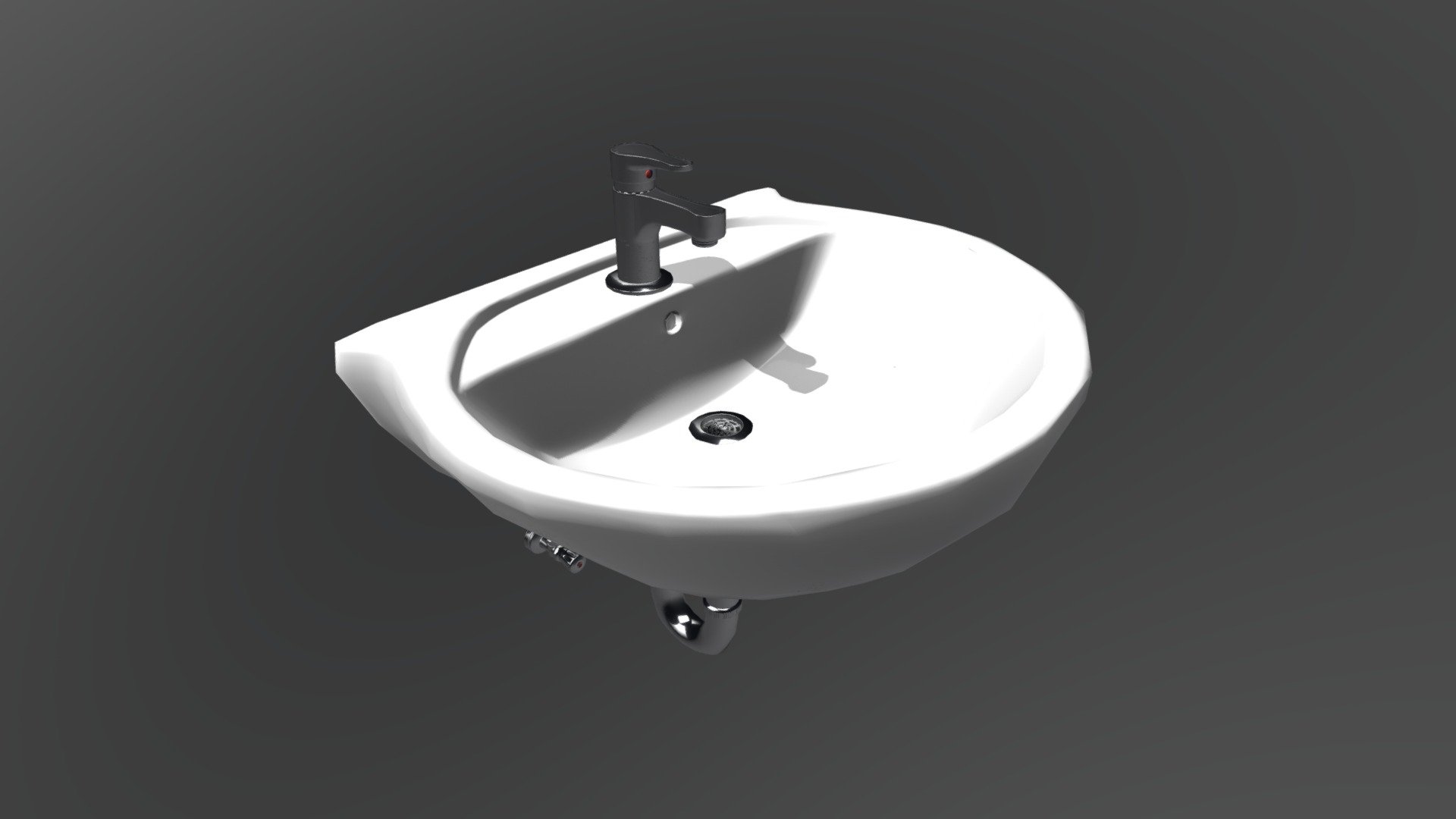 A well-designed bathroom sink can also add to the overall style and aesthetic of your bathroom. From modern and sleek to traditional and elegant, there are endless options for sink designs to fit your personal style. Consider incorporating
bold, featured keywords
like a vessel sink or a farmhouse sink to add a unique touch to your bathroom.
A well-designed bathroom sink can also add to the overall style and aesthetic of your bathroom. From modern and sleek to traditional and elegant, there are endless options for sink designs to fit your personal style. Consider incorporating
bold, featured keywords
like a vessel sink or a farmhouse sink to add a unique touch to your bathroom.
Choosing the Right Materials
 Another important aspect of a well-designed bathroom sink is choosing the right materials. The sink material should not only complement the overall design of the bathroom, but also be durable and easy to maintain.
Related main keywords
like ceramic, porcelain, marble, and quartz are all popular options for bathroom sinks due to their durability and aesthetic appeal.
Another important aspect of a well-designed bathroom sink is choosing the right materials. The sink material should not only complement the overall design of the bathroom, but also be durable and easy to maintain.
Related main keywords
like ceramic, porcelain, marble, and quartz are all popular options for bathroom sinks due to their durability and aesthetic appeal.
Conclusion
 In conclusion, the bathroom sink may be a small feature, but it has a big impact on the overall design and functionality of a bathroom. By considering your needs, maximizing space, choosing the right materials, and incorporating your personal style, you can create a well-designed bathroom sink that will elevate your entire bathroom.
In conclusion, the bathroom sink may be a small feature, but it has a big impact on the overall design and functionality of a bathroom. By considering your needs, maximizing space, choosing the right materials, and incorporating your personal style, you can create a well-designed bathroom sink that will elevate your entire bathroom.




